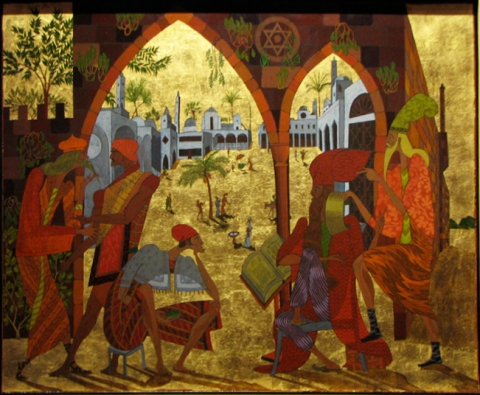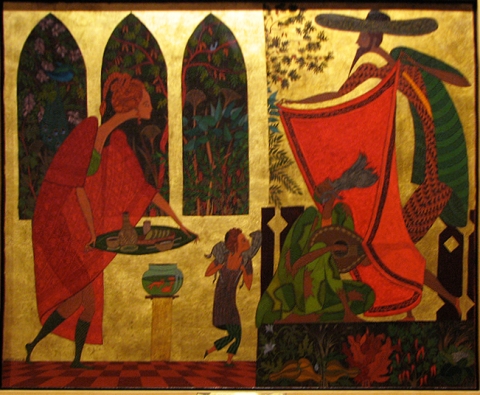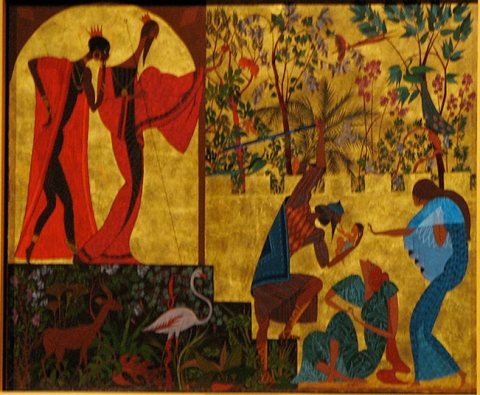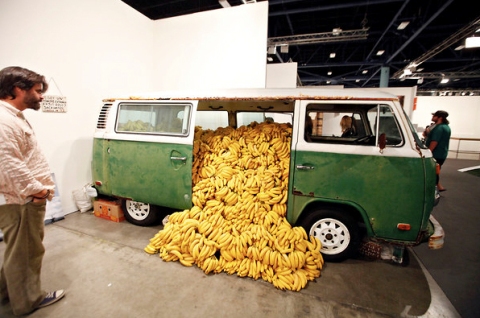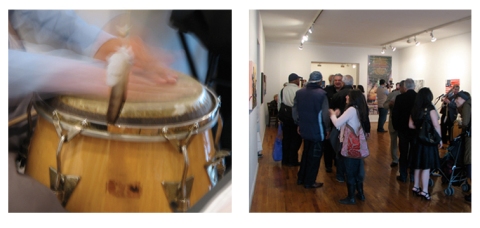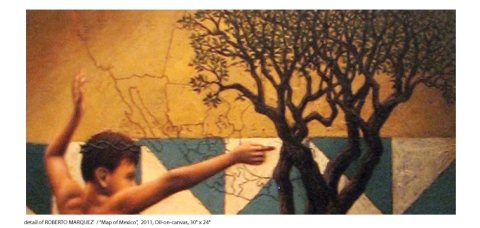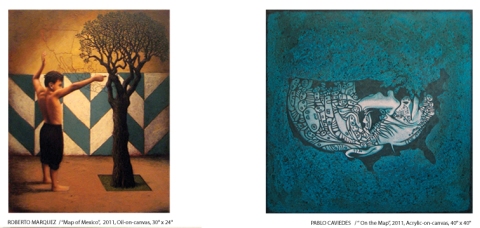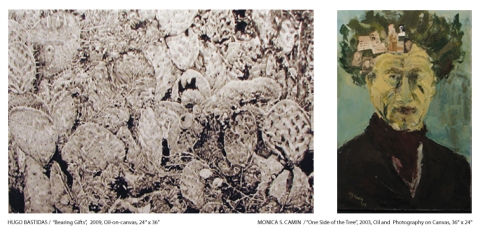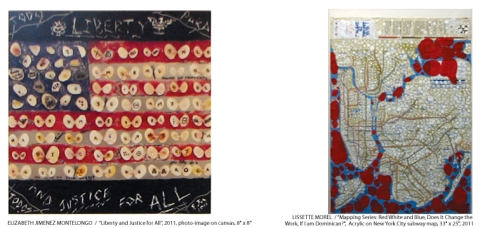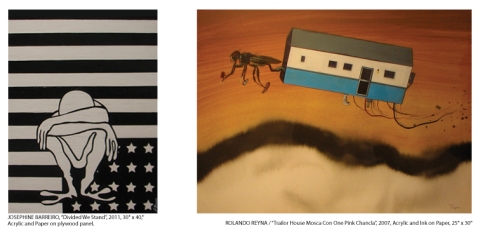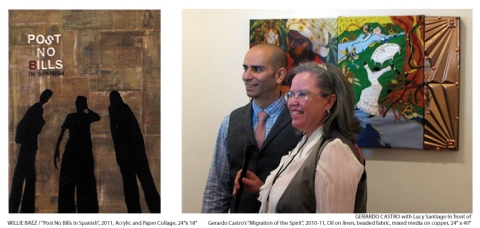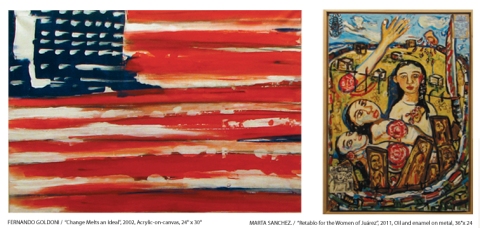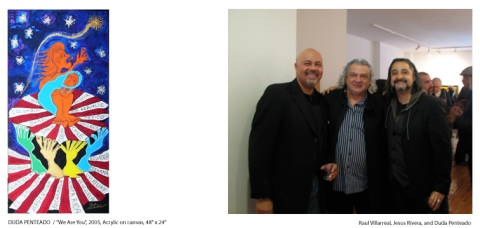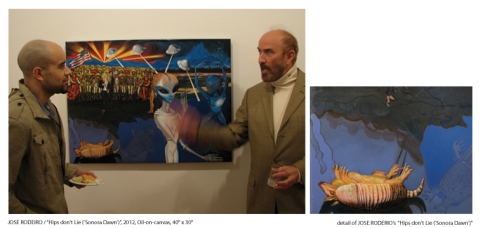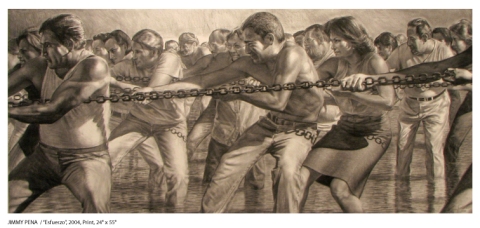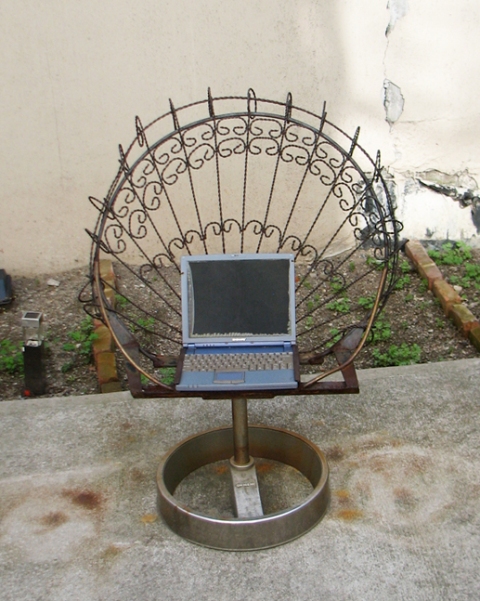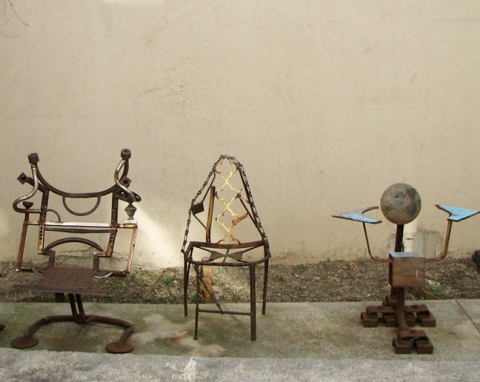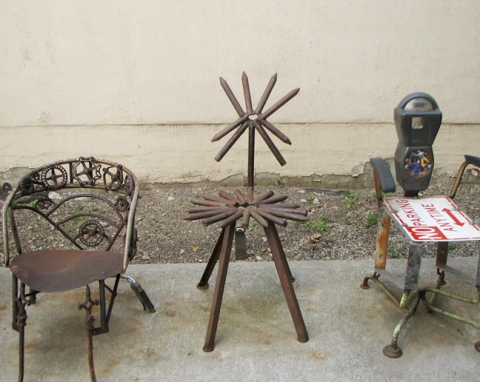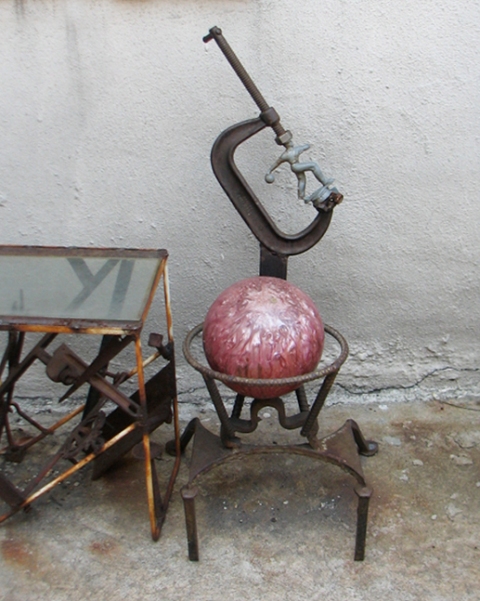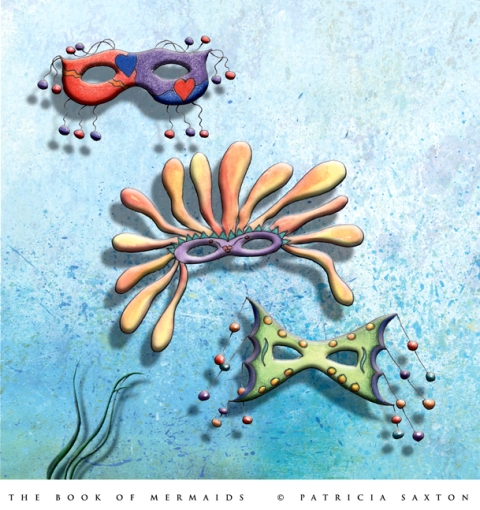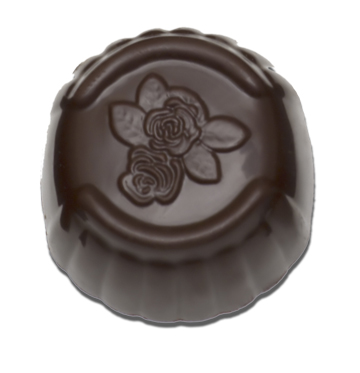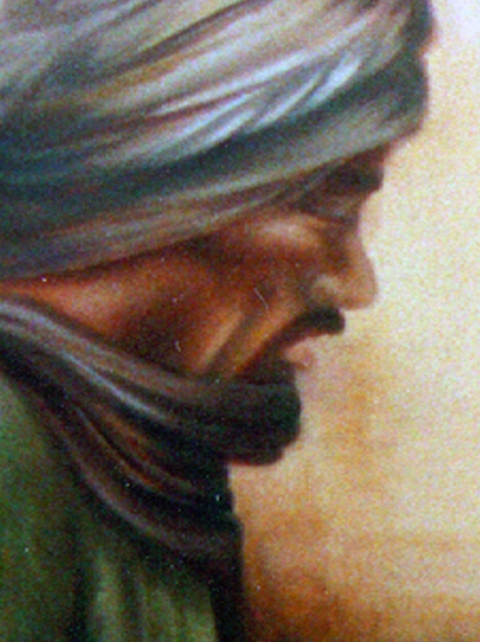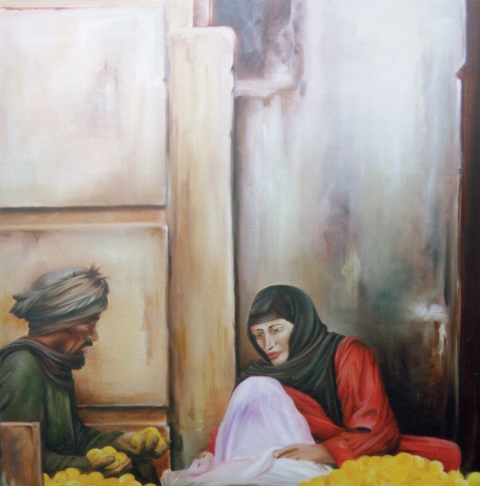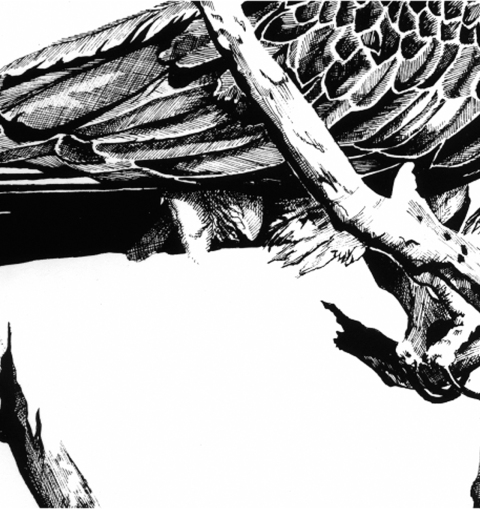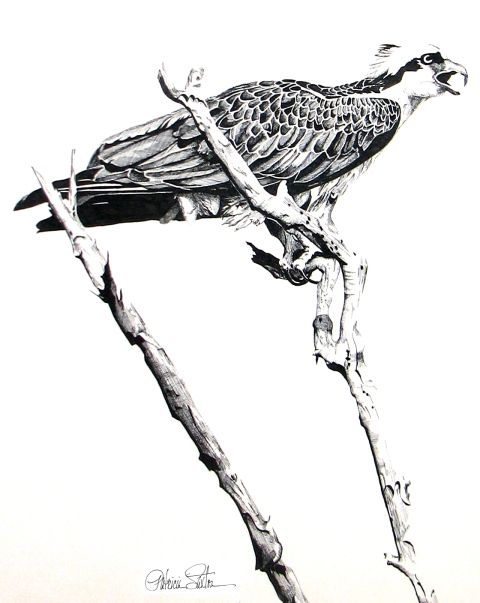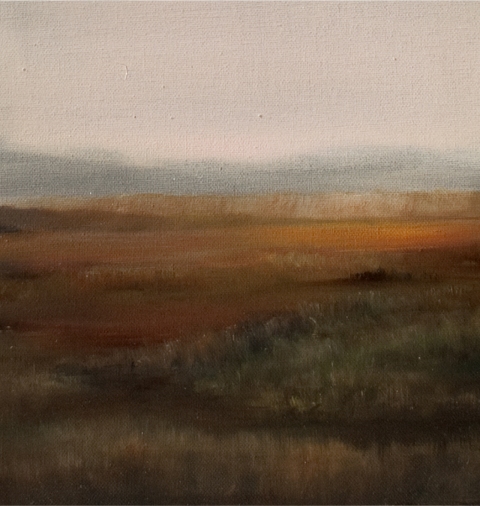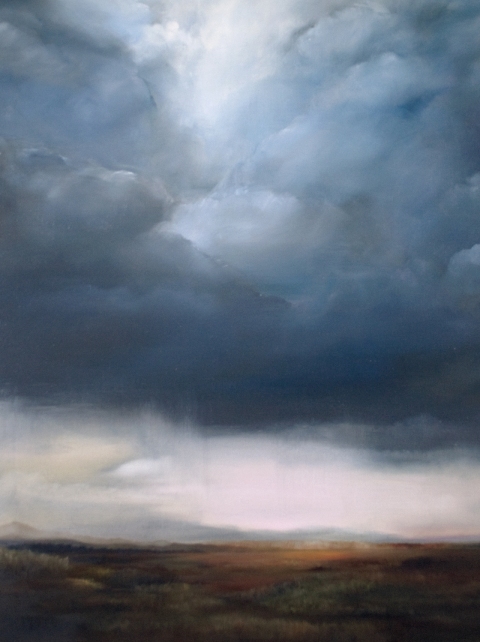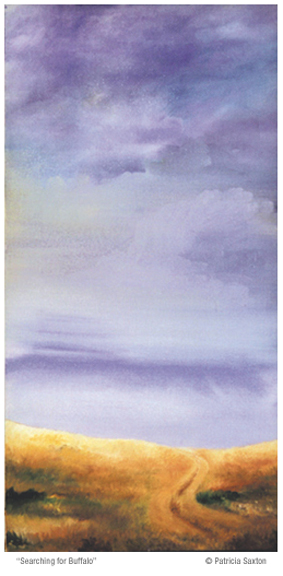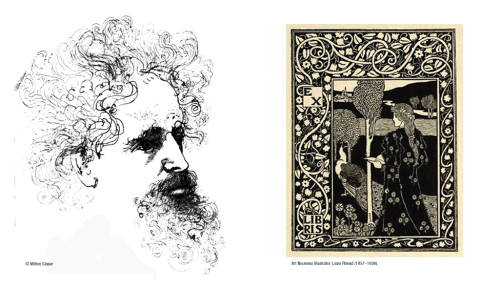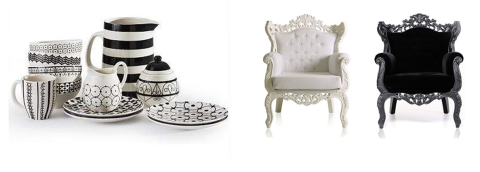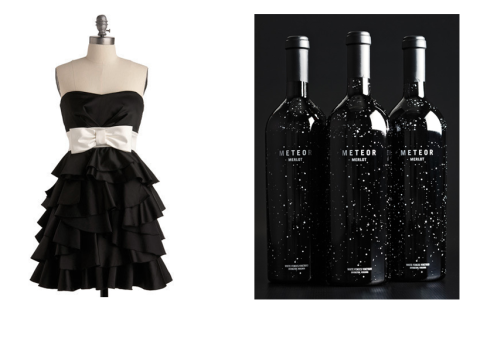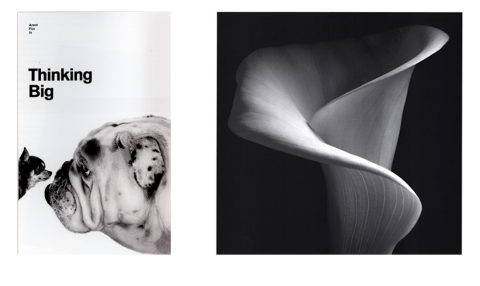Afterthought to “Beautiful Paintings in an Unexpected Place”
I woke this morning wondering why I’d been so surprised by the artwork at the Air Force chapel.
Art ~ some of the most beautiful art, in fact ~ has been intertwined with faith and patronized by religions for centuries. Stories have been painted for eons. Some quite famously.

And then I reflected that many church structures are architectural works of art themselves, often filled with exquisite artifacts and outstanding craftsmanship.
And then, of course, I was forgetting that so much of art is spiritually inspired to begin with. Not necessarily a religious inspiration, but artists are often moved by spirit. And by that I mean that there is something that happens during the artistic process that transcends the every day “here and now” reality.
Whether the subject matter is divinely inspired, or the physical act of creating a work of art feels almost like an out-of-body experience, there’s always a point (and who knows how long before one becomes aware of it) where you realize it’s not your conscious mind guiding your hand, but more a partnership of heart and spirit. Call it what you will, there is something else going on besides you, the paint and the canvas.
Considering all that, I don’t know why I felt “surprised”. Maybe I expected something less grand because it was a military-based chapel ~ you know, as if it should be sparse, regimented, orderly, practical ~ until I realized that faith and war have also gone hand in hand. Soldiers need a sanctuary, perhaps more than anyone. A God to call upon, an angel or two on their shoulders ~ a way to feel there is something greater, larger, more knowing and filled with light to look to when their own feels dim.
And now that I have this all worked out, I think my reaction was more about the art itself. While biblically based, the art wasn’t what one might think of as typically “churchy”. And maybe the fact that the paintings were framed, much like they might be in a livingroom, made them feel accessible as opposed to otherworldly. Or maybe I just really liked their contemporary style, and their presence in a chapel simply set their reverence apart.
So I guess there really shouldn’t have been any surprise. But there was an unexpected appreciation.




